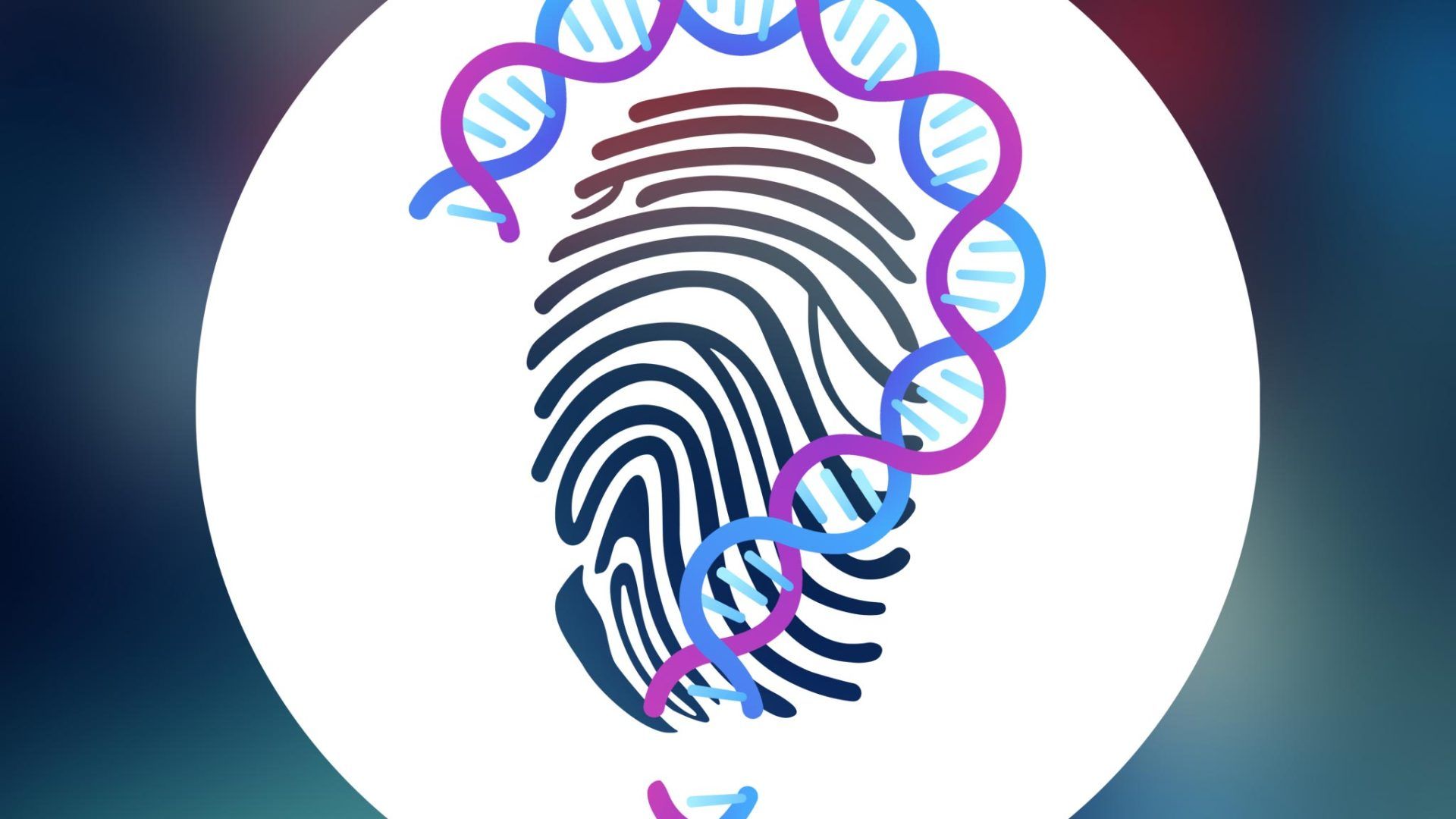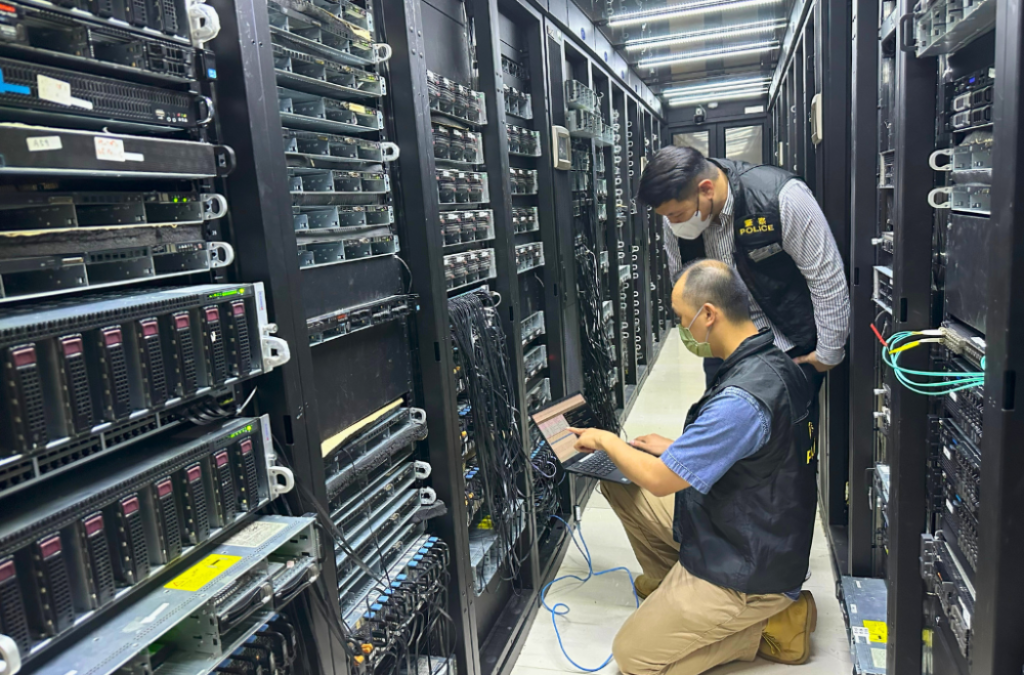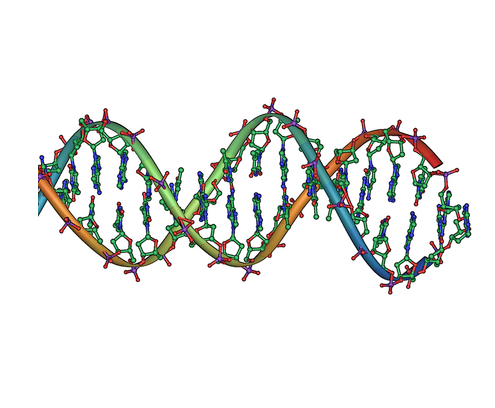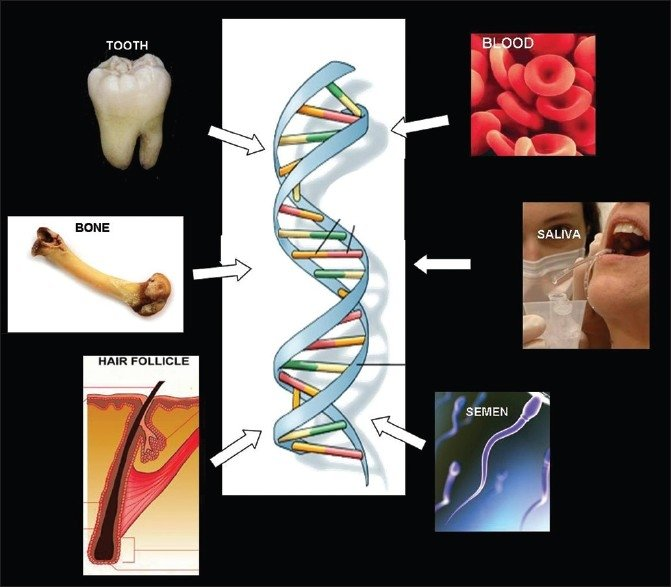Digital Pathology and AI in Forensic Medicine
Editorial: Digital Pathology and AI in Forensic Medicine:
Advances, Limitations, and Medico-legal Utility
Forensic histopathology, according to Singh et al., is vital for determining causes of death through the microscopic examination of tissue samples from major organs. Traditional pathology methods are time-consuming and susceptible to human error. However, digital pathology (DP), which includes whole-slide imaging (WSI) and AI-powered tools, has revolutionised forensic examinations by providing high-resolution images and enabling remote consultations.
DP enhances medico-legal autopsies by improving diagnostic accuracy, allowing for long-term storage of evidence, and facilitating collaboration among experts. Despite its advantages, challenges such as financial limitations, technical issues, and legal uncertainties regarding digital evidence persist.
To fully realise the potential of digital pathology, it is essential to establish standard procedures, legal frameworks, and training programs. As AI and other emerging technologies continue to evolve, they will significantly enhance post-mortem analyses and improve the quality of forensic investigations, helping forensic agencies meet the demands of modern medico-legal practice.
Read more in the source.
Source: Singh, J. P., Tyagi, S., Sharma, A., Chanana, A., & Basra, S. (2025). Digital pathology and AI in forensic medicine: advances, limitations, and medico-legal utility. Academia Medicine, 2(3). https://doi.org/10.20935/AcadMed7799
Image: https://cdn.sanity.io/images/0vv8moc6/medec/26edc1a0e3a92bd8004ae3b8da67170d5a24ea30-1200x766.jpg?fit=crop&auto=format









